Home is where the heart is, but for your cat, home is where their favorite nap spot is.
Moving can be an exciting new chapter in life, but when you’re a cat parent, the process can bring about a whole new set of challenges.
According to the American Pet Products Association (APPA), over 42 million households in the U.S. own at least one cat, and with that comes the responsibility of ensuring that your furry friend is comfortable and safe during a move.
They are creatures of habit, and, as many owners know, they can struggle with changes in their environment.
Imagine the confusion your cat might feel when suddenly faced with a house full of moving boxes and unfamiliar smells.
Cats rely on their environment for a sense of security, and when that environment changes, so can their behavior.
A study by the American Veterinary Medical Association found that nearly 50% of cats exhibit stress-related behaviors when faced with significant changes.
With this in mind, preparing your cat for a move and making sure their needs are met before, during, and after the process is crucial to maintaining their well-being.
It doesn’t matter if it is a local shift or you're moving cross-country with cats; it is compulsory to understand how to minimize stress and make the transition as smooth as possible for your pet.
This guide will provide you with all the cat relocation tips you need to help you and your cat handle the process with as little anxiety as possible.
Understand Your Cat’s Needs During a Move
Before we get into the specifics of how to move with cats, let’s talk about why moving can be such a challenge for them.
Cats are territorial animals. They often form deep emotional bonds with their environment, so even small changes can cause anxiety.
When it comes to moving, there are a few things to consider:
Stress Factors: Cats are highly sensitive to changes in their surroundings. New smells, sounds, and people can all contribute to stress.
Territorial Behavior: Cats become anxious if they feel their territory is being invaded. Their natural instinct is to mark their space and retreat to safe places.
Separation Anxiety: Some cats experience anxiety when separated from their familiar people or surroundings, which can lead to behavior changes or even health issues.

Find the best moving company for your pet-friendly move. Click here to explore our top-rated moving companies.
How to Prepare Your Cat for Moving Day
Now that you understand why moving with a cat can be challenging let’s discuss the preparations.
It’s crucial to give yourself enough time to get your cat ready for the move day.
Here’s how:
Visit the Veterinarian
A few weeks before moving day, schedule a check-up for your cat. Your vet will check if your cat is in good health and up-to-date on vaccinations, especially if you're moving cross-country with cats or moving long distance with cats.
If your cat is on any medications, now is the time to get refills for the journey.
The vet may also recommend calming solutions or pheromone products that can help reduce anxiety.
Don't forget to ask for a copy of your cat’s medical records. This will be helpful if you're changing vets after the move.
Acquaint Your Cat with the Carrier
Cats, especially those who aren’t used to traveling, can find cat carriers stressful.
To ease the anxiety, get the carrier ready well in advance of the move.
Here’s what you can do:
Leave the Carrier Open: Place it in a familiar spot with bedding, toys, or treats inside.
Allow Exploration: Let your cat explore the carrier on their own. Cats are naturally curious, and they’ll feel more comfortable if they can explore at their own pace.
Use Calming Sprays: Use pheromone sprays like Feliway inside the carrier to help your cat feel more at ease.
Maintain Consistent Routines
Cats thrive on routine, and disruptions to their schedule can increase stress. Leading up to the move, try to keep feeding times, playtimes, and even your own routine as consistent as possible.
This will provide stability and reassurance to your cat.

Get expert moving tips and checklists for a seamless experience! Visit our moving resources.
Moving Day - How to Handle the Stress
On a moving day, things are going to be chaotic.
With all the packing, loading, and organizing, it’s easy to forget about your cat’s needs.
Here’s how you can make sure your cat’s safety and comfort during the hustle and bustle.
Create a Quiet Room for Your Cat
On the move day, it’s essential to create a space where your cat feels safe and secure. Set up a quiet room for your cat with food, water, a litter box, and their favorite toys.
Make sure to close the door to prevent them from wandering into the chaos of moving boxes and people.
Transportation - How to Safely Transport Cats During a Move
Here’s how to make sure your cat travels safely:
Use the Right Cat Travel Carrier: Invest in a well-ventilated, comfortable carrier that's big enough for your cat to move around in but not so large that it feels insecure. Check that it’s secure and won’t tip over during travel.
Never Open the Carrier: During transport, never open the carrier to "check" on your cat unless absolutely necessary. Cats can get startled and run away in unfamiliar surroundings, so keep the carrier always closed.
Prepare for Long Journeys: If you're moving long distances with cats, plan regular breaks for water, feeding, and bathroom needs. A long car ride or cross country move can be tiring for your cat, so take breaks to relieve any discomfort.

Need help with moving your belongings and your pet? Click here to get free moving quotes and save up to 20%
Moving with Cats - Checklist for Moving Day
Here's a handy checklist to help you stay organized on a moving day:
- Prepare a safe room for your cat away from the chaos
- Set up your cat’s carrier with familiar bedding
- Keep your cat’s food, water, and medications in one place
- Double-check that all cat-proofing measures are in place
- Make sure your cat’s ID tag and microchip details are up to date
Settling into Your New Home
Once you’ve arrived at your new home, the real work begins: helping your cat adjust to their new environment.
Here’s how you can make the transition as smooth as possible:
Create a Safe and Comfortable Space
When you arrive at the new house, the first thing you should do is set up a safe room for your cat. This space should be quiet and away from the hustle and bustle of unpacking. Make it feel like home by placing your cat's familiar bedding, toys, and scratching posts inside.
Gradual Exploration
Once your cat seems comfortable in its designated space, it's time to introduce it to the rest of the house. Do this gradually, and be sure to supervise it. Cats need time to acclimate to new smells, sounds, and furniture, so don't rush the process.
Keep the Routine Consistent
Just like in the lead-up to the move, it’s essential to keep feeding times, playtimes, and bedtime consistent. This helps your cat feel secure in their new environment.
Why You Can Trust My Good Movers
550+
moving companies
listed
16,000+
customer reviews to help you decide
50+
states covered for moving services
100%
free quotes provided instantly
How to Reduce Cat Stress During Relocation
Even after the move, your cat may continue to feel stressed as they adjust to their new surroundings.
It's important to recognize that this process takes time, but with patience and the right techniques, you can help ease their anxiety and make the transition smoother.
Use Calming Pheromone Diffusers and Sprays
One of the most effective tools to help alleviate your cat's stress is the use of calming pheromone diffusers. These diffusers release synthetic copies of the pheromones that cats naturally produce to mark their territory and create a sense of security.
When placed in your cat's safe space (like the room you’ve set up for them), they can have a soothing effect, which makes your cat feel more at ease in their new home.
Pro tip: For even faster relief, you can also use calming sprays on your cat’s bed, blanket, or favorite hiding spot.
Provide Attention and Affection While Respecting Boundaries
Your cat may need extra reassurance after a move, so offering lots of attention and affection can help them feel loved and secure.
Spend quality time petting them, talking to them in soothing tones, and sitting quietly with them as they explore their new surroundings.
However, it’s equally important to give them space when needed.
Remember, cats are naturally independent creatures and appreciate having a safe space to retreat to when needed.

Prepare your cat for the big move with these pet tips. Check out our moving with pets guide.
Offer a Variety of Toys and Activities to Stimulate Their Mind
To help your cat settle into the new home and reduce feelings of boredom or anxiety, it’s essential to keep their mind engaged.
After the move, introduce a variety of toys and activities that will stimulate both their body and brain.
Interactive toys, like puzzle feeders or laser pointers, can provide mental stimulation and help them burn off excess energy.
If your cat enjoys window watching, setting up a perch near a window can provide hours of entertainment as they watch the outside world go by.
Keep the Litter Box Consistent and Accessible
Cats are creatures of habit, and any change to their litter box setup can cause anxiety. Always check that your cat’s litter box remains in a consistent and easily accessible location, preferably in a quiet area where they feel comfortable.
If you've changed the litter brand or the box type, your cat might be hesitant to use it.
Create Vertical Space for Your Cat to Explore
Cats often feel safer when they can observe their surroundings from a height. To help reduce anxiety, consider creating vertical space in your new home.
This could include cat trees, shelves, or window perches that allow your cat to get up high and survey the room.
Offer Familiar Scents from Home
Familiar smells are incredibly comforting to cats, so bringing a few items that smell like their old home can help with the transition. Familiar bedding, toys, or even your own worn clothing (like a t-shirt) can offer a sense of reassurance.
Place these items in their new safe room to create a comforting atmosphere that will help your cat feel at ease more quickly.
Best Cat Carriers for Moving and Travel
When moving with cats, a quality cat carrier is one of the most important purchases you'll make.
But how do you choose the best one?
Here are a few recommendations:
- Petmate Sky Kennel: This carrier is known for its durability and comfort. It is ideal for long-distance moves and air travel.
- Sleepypod Mobile Pet Bed: This is a great option for smaller cats. It doubles as a cozy bed and a travel carrier.
- Siccaro Cat Carrier: This carrier offers excellent ventilation and ample space, which makes it perfect for cross-country moves with cats.
Cat Moving Safety Precautions
Here are some crucial safety precautions to follow:
- Secure the Cat’s Environment: Before allowing your cat to explore the outdoors in the new home, make sure all doors and windows are secure.
- Keep Emergency Supplies Handy: Pack a “cat emergency kit” that includes food, water, medications, and your cat’s health records.
- Monitor Your Cat’s Behavior: Keep an eye on how your cat is adjusting. If you notice any signs of excessive stress or health issues, consult your veterinarian.



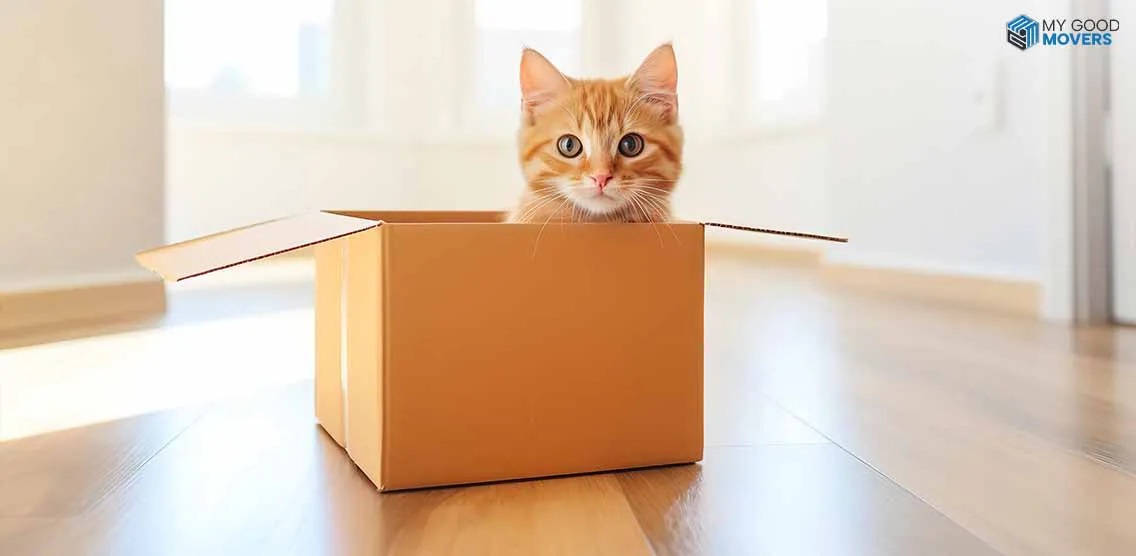

























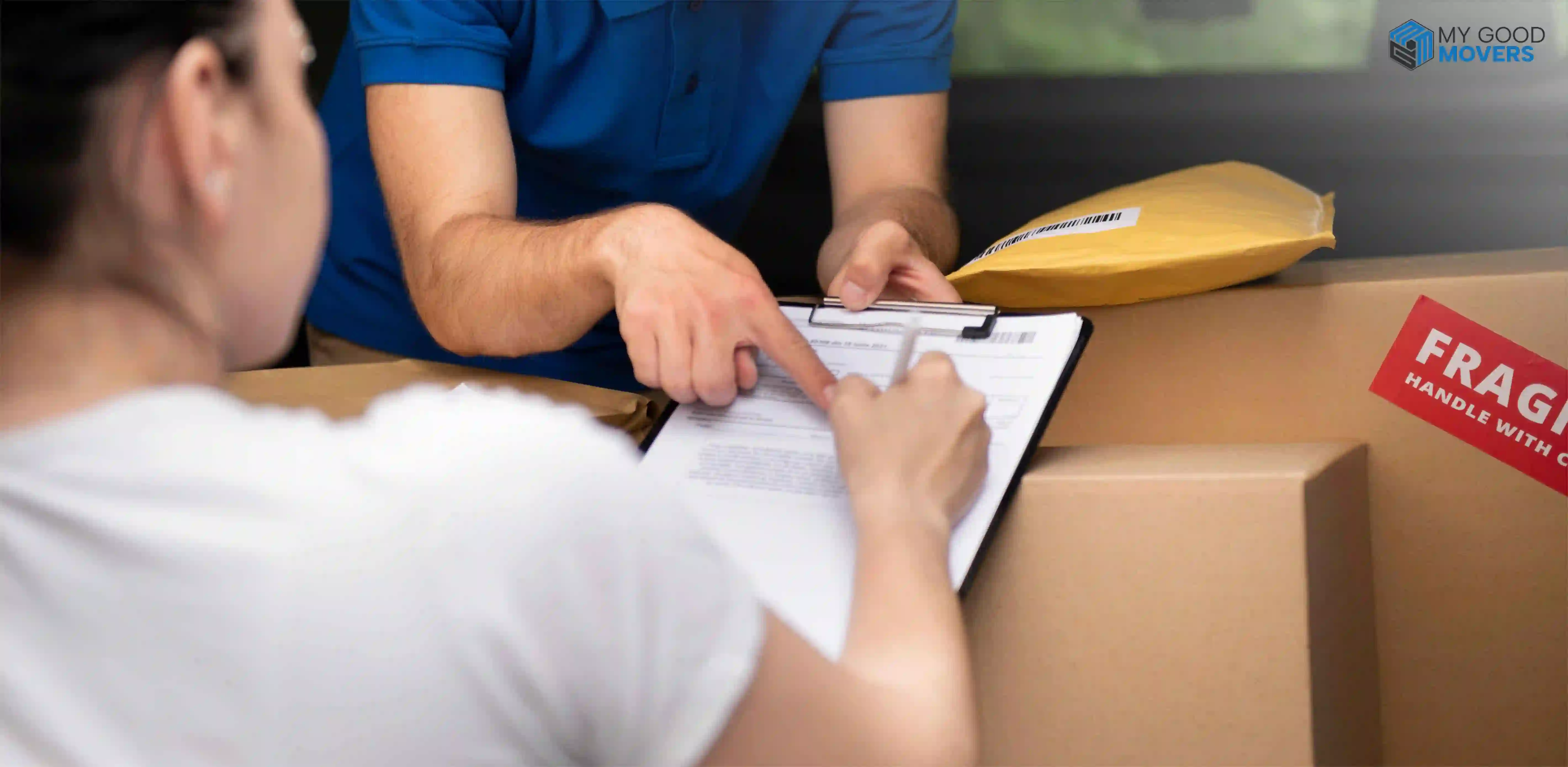

























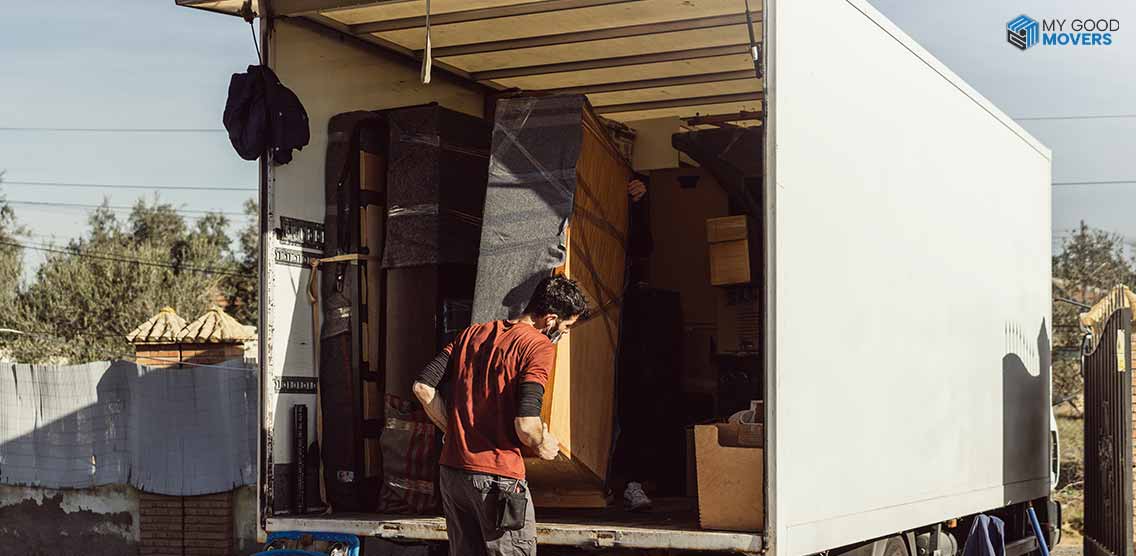


























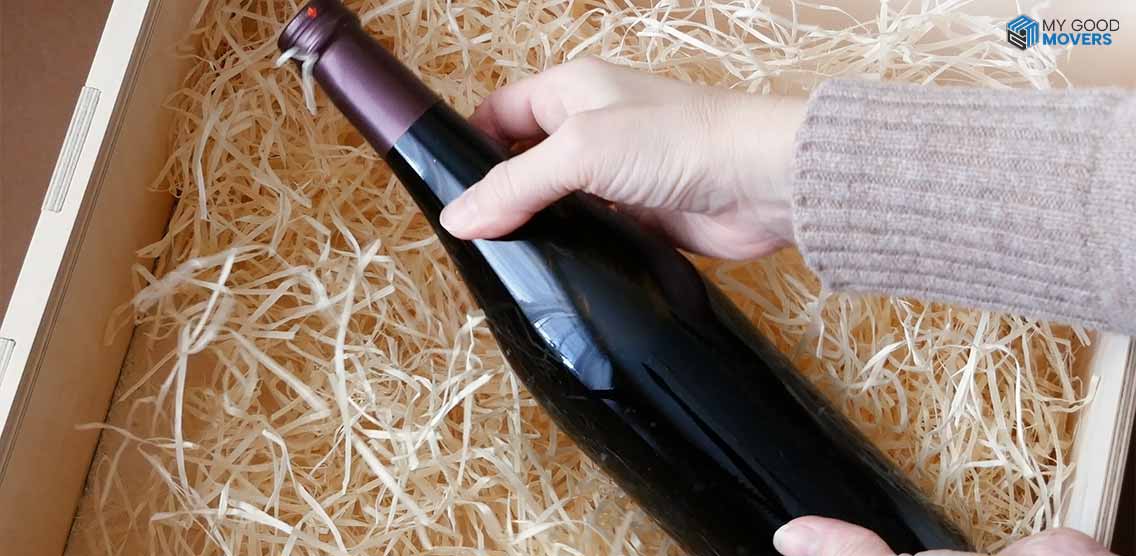

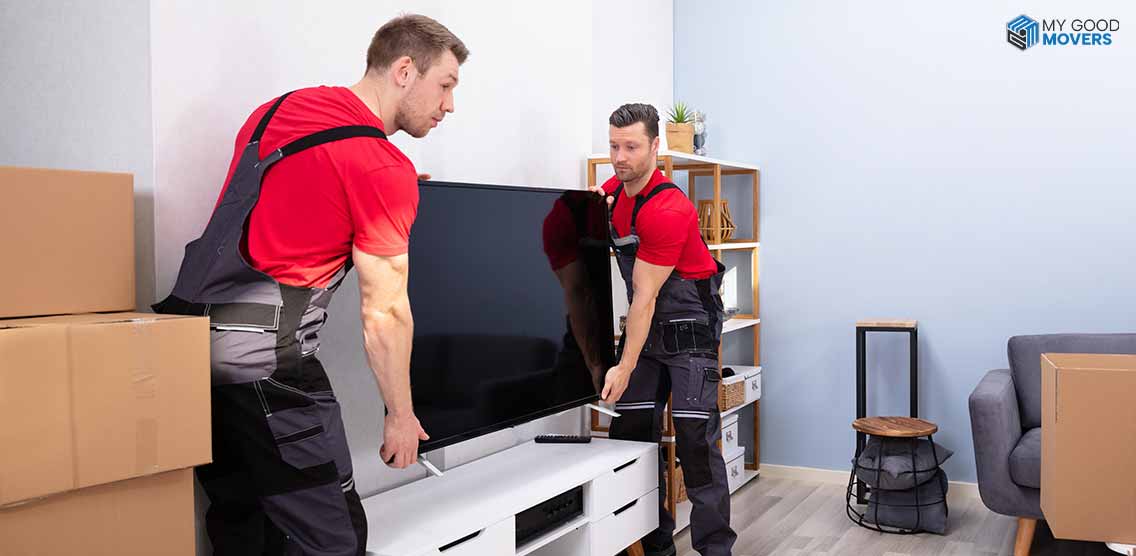











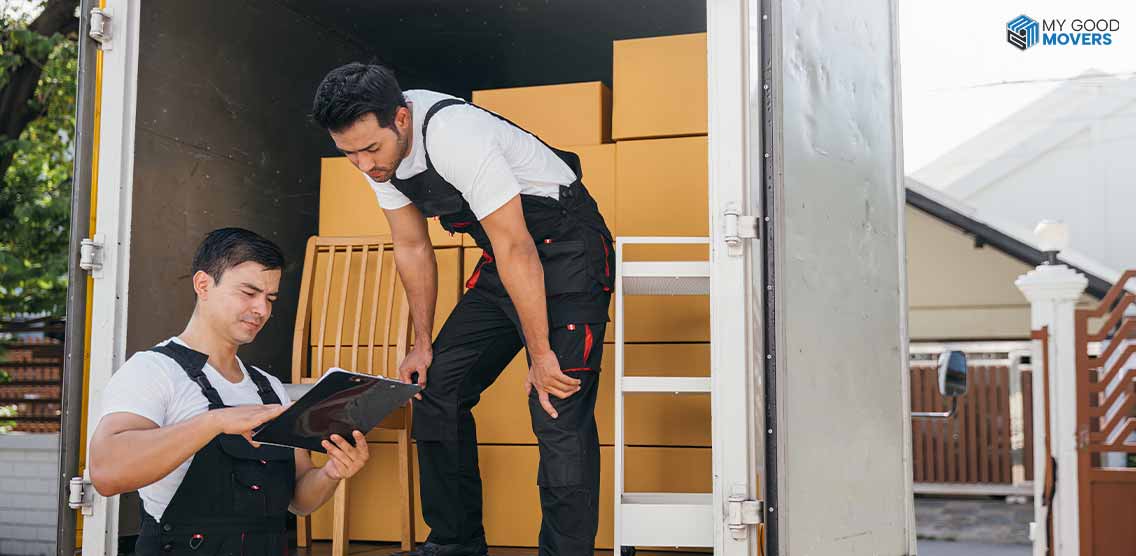

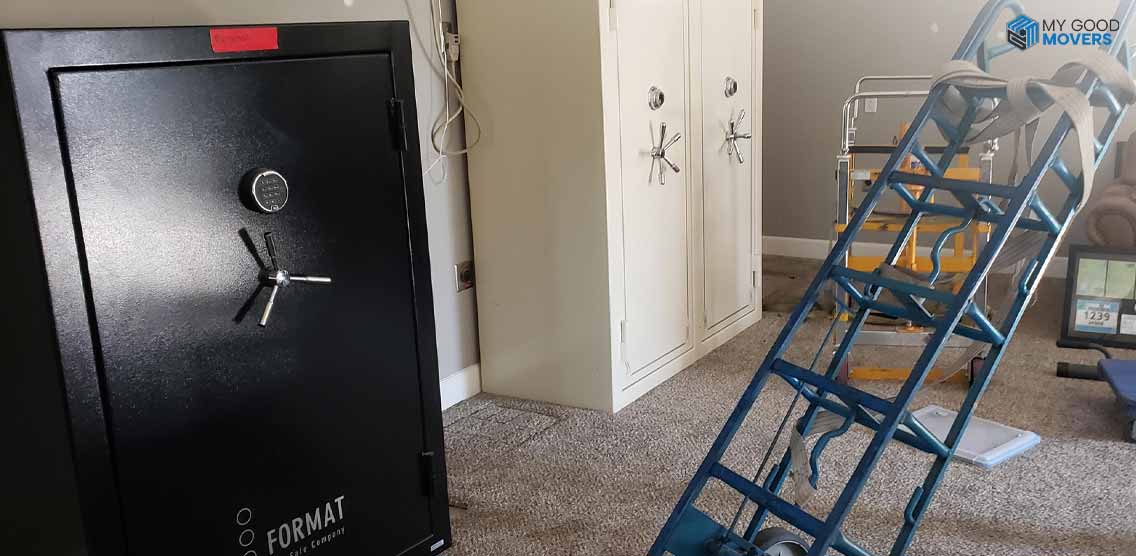







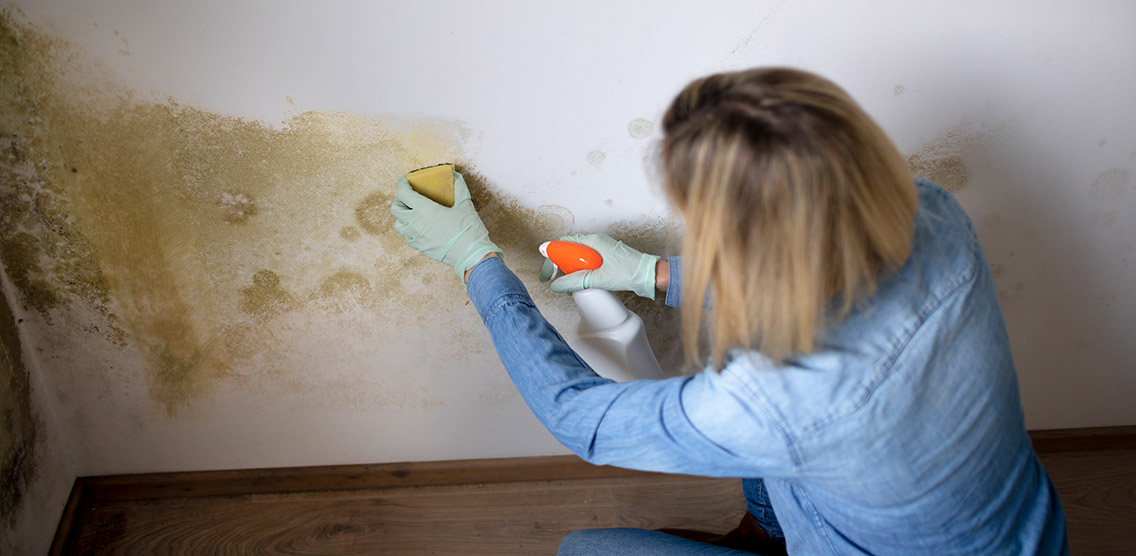















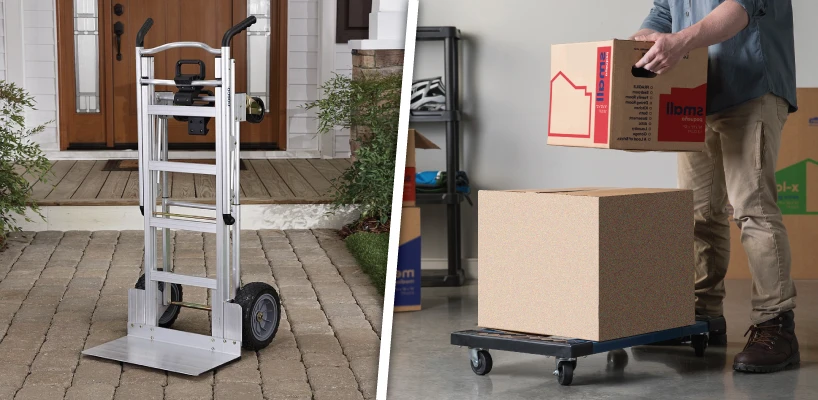
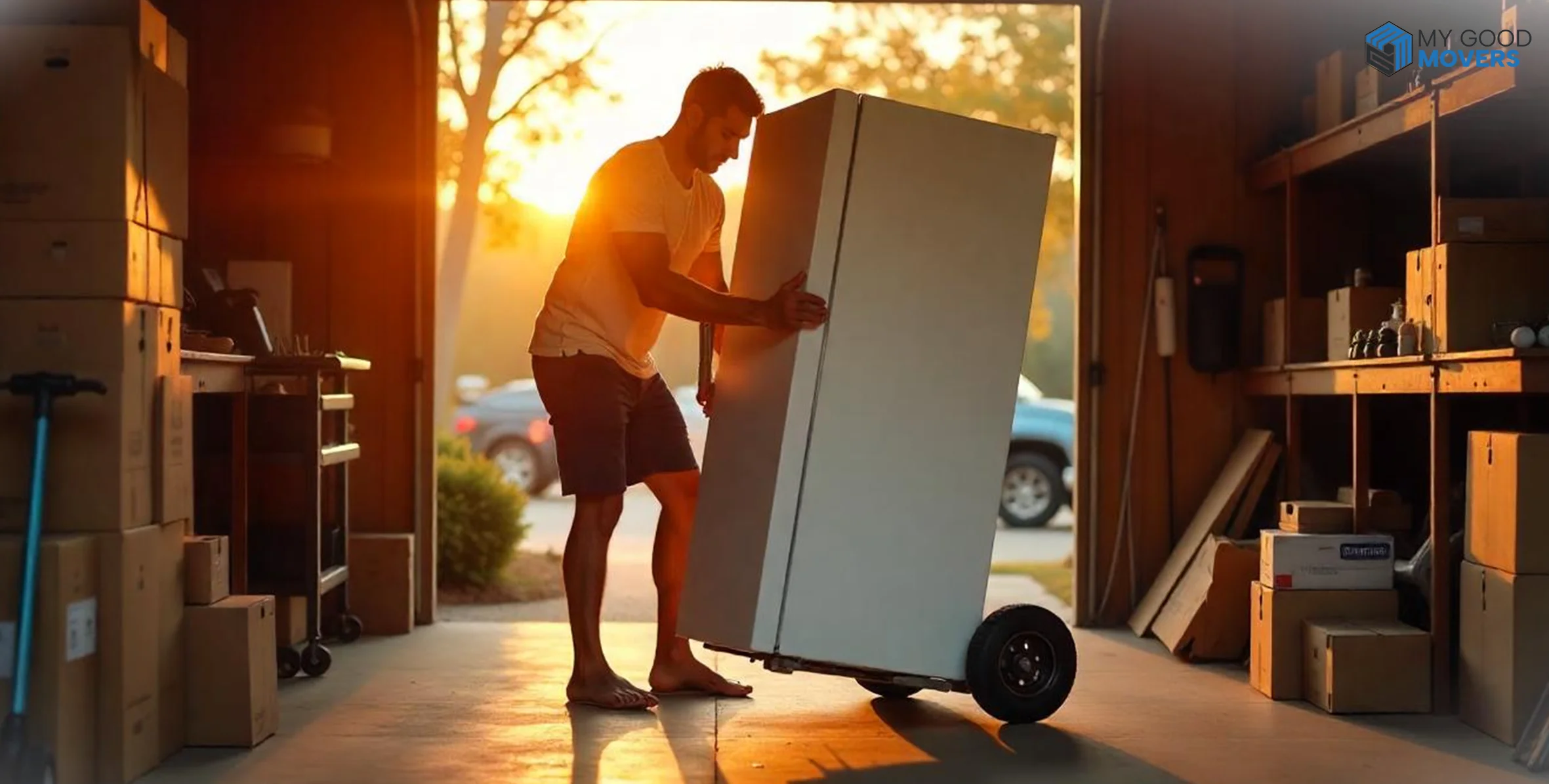















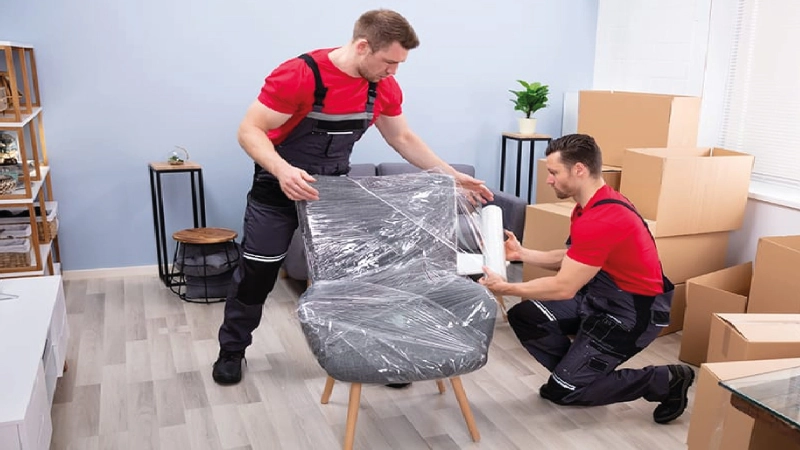

 (239) 799–6077
(239) 799–6077